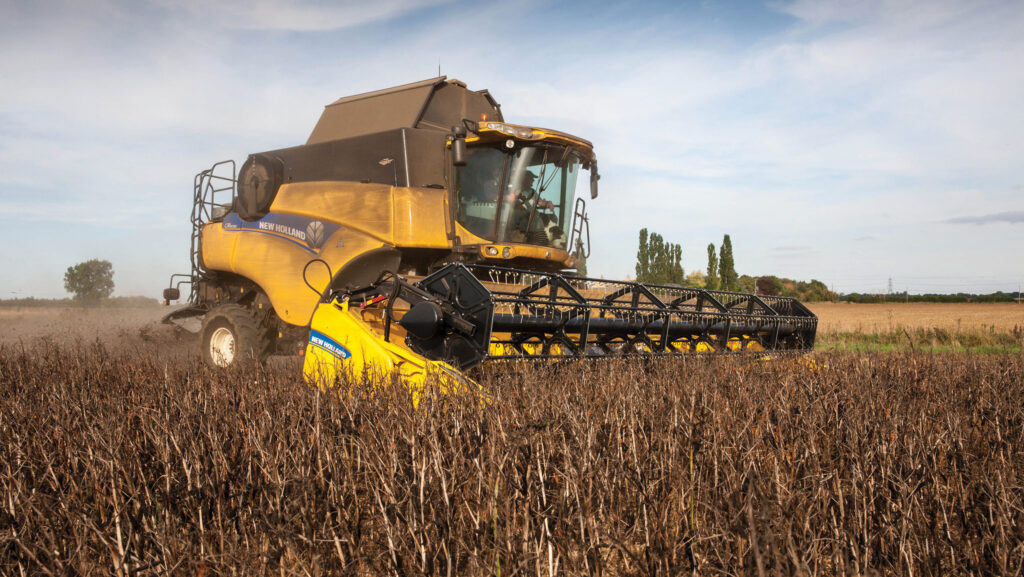Feed beans slip to £210/t with early harvest under way
 © Tim Scrivener
© Tim Scrivener Prolonged dry conditions have brought harvest forward, with growers starting to cut winter beans in southern regions of England several weeks earlier than usual this year.
Feed beans have fallen by roughly £15/t in the past month, with ex-farm spot prices collected on 16 July averaging £210/t.
Markets have remained flat during 2025 and the addition of new crop beans has been weighing on an already quiet market.
See also: Harvest fire risk advice issued as fields stand tinder dry
There is still a small carry over of old crop looking for a home and little interest from buyers at present.
UK beans are also struggling to compete in export markets given the strong UK sterling.
Major export markets for beans intended for human consumption, such as Egypt, are already well supplied.
Shipments from the Black Sea region and Australia are more competitively priced than UK beans, resulting in a relatively small premium for human consumption beans of £15/t over feed beans.
Crop expectations for this year’s harvest are mixed, with a slight rebound in plantings compared with last year, but still below historic levels.
Defra figures suggest the 2024 harvest totalled 135,000ha of field beans last year, and a total crop of 460,000t.
The Processors and Growers Research Organisation said the outlook for this year’s crop remained uncertain, with winter and early spring drilled crops holding up relatively well given the dry conditions, but later spring sown crops suffering.
It added that although beans are often perceived as able to withstand harvest delays, crops could start to deteriorate once ready to harvest, and quality was key to achieve any human consumption premium.
Traders at ADM say buyers remain generally disinterested and UK beans are still not competitive against either the Baltic for export, or other feed ingredient options in the domestic market.
Roughly 80,000t of field beans were used in GB animal feed rations between July 2024 and May 2025. This compares with 147,700t during the same period last year.
However, domestic demand for pulses in the long term could increase as the animal feed sector looks for alternatives to soya in feed rations.
